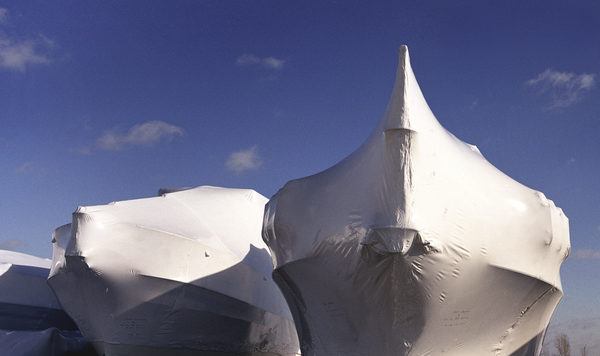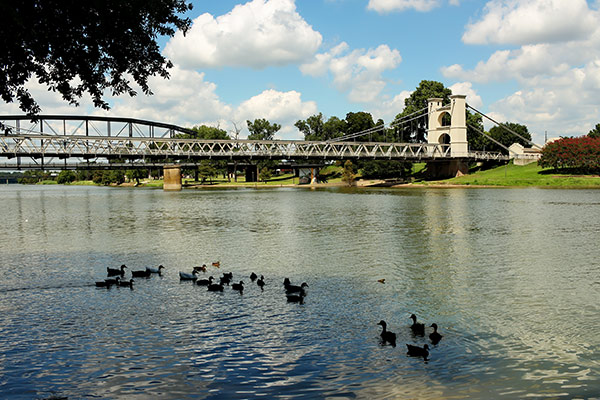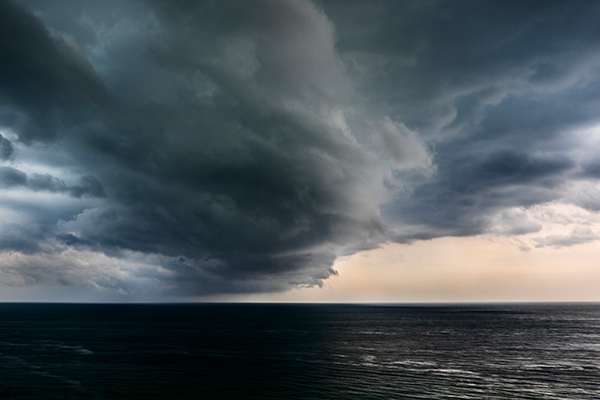The first rule of winterizing your boat: Do no harm. After all, you’ll be storing it for a while.
So you’ll want to be sure to do it right—which means allowing plenty of time. Start planning to prep your vessel for the changing seasons before there’s even a hint of chill in the air; it could save you money and spare you headaches, says Charles Fort, BoatU.S. Magazine’s associate editor.
Check the owner’s manual for your boat and motor(s) and get the manufacturer’s recommendations on winterizing—a process that involves removing water from anywhere or anything on your boat that’s susceptible to freezing, expanding and potentially causing damage.
But that’s just the beginning of this process, which involves plenty of potential pitfalls. We asked Fort to share the four most common mistakes boaters make when winterizing—and what you should be thinking about now to avoid a possible problem next season.
Don’t Wait Until November
Everyone wants to winterize their boats at the same time, and marinas can get a little backed up. Avoid delays by contacting your marina sooner than your fellow boat owners do. “Our recommendation is to make arrangements about a month before you think there may be a hard freeze,” says Fort. You’ll also want to plan ahead with ice-and-freeze boat insurance coverage, which acts as a backup in case winterizing doesn’t go as planned. The deadline for adding ice-and-freeze coverage to your GEICO boat insurance policy is October 31.
Don’t Cheap Out On Tarp
 There are times to save…and there are times to splurge. When it comes to covering your boat for the winter, an inexpensive tarp should never make the cut. “It won’t protect your boat for very long,” says Fort. “Plus, cheaper tarps tend to shred during the first heavy winds.” Instead, he recommends investing in a good-quality covering or getting one custom-made. What about shrink-wrapping? It may seem to be a budget-friendly option, says Fort, but keep in mind that this process will incur a cost every year, as opposed to a custom-fit cover that offers longevity and ease of use.
There are times to save…and there are times to splurge. When it comes to covering your boat for the winter, an inexpensive tarp should never make the cut. “It won’t protect your boat for very long,” says Fort. “Plus, cheaper tarps tend to shred during the first heavy winds.” Instead, he recommends investing in a good-quality covering or getting one custom-made. What about shrink-wrapping? It may seem to be a budget-friendly option, says Fort, but keep in mind that this process will incur a cost every year, as opposed to a custom-fit cover that offers longevity and ease of use.
Don’t Trust A Heat Lamp
Never use a heater or bulb as a substitute for winterizing, warns Fort. “If there’s a big storm, the power will go out, and that’s when you need the lamp most,” he says. Plus, of course, heaters bring a risk of fire. “Heaters are not designed to be left unattended on the boat,” Fort says. If the heater or extension cord malfunctions, not only is your boat at risk, but the surrounding vessels and property are as well. “It’s just not worth the risk,” Fort explains.
Don’t Rule Out Professionals
Fort also warns, “Don’t leave winterizing to an amateur.” Just because you have friends who are boaters doesn’t mean they’re familiar with the layout of your boat. Some engines, for example, have four designated spots for draining, while others have two. Miss one thing on the overall checklist and you’ll run the risk of damage. Also, keep in mind that winterizing isn’t a universal term. To one shop it may mean merely prepping the engine, but you can’t neglect, say, the water in the refrigeration system. “If you’re going to hire someone to winterize your boat, avoid miscommunication by clearly noting in writing what needs to be handled,” Fort suggests.
For more information, check out the complete guide to winterizing your boat from BoatU.S.
Prepping your boat for winter could help you save on future repairs. See how much more you could save with boat insurance from GEICO.
Read more: Buying your first boat? Here’s how to find the perfect model for you.
By Bari Lieberman










Leave a comment